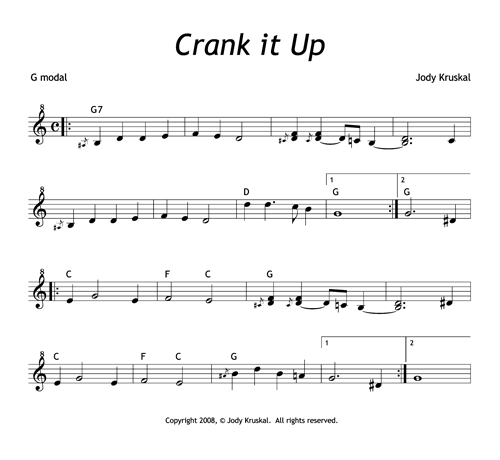This posting is of particular
interest to those attending my C/G Anglo concertina workshop
at The Fifth Bradfield Traditional Music Weekend
or any Anglo
concertina player who would like to go, but can’t make it.
I’m very pleased to be playing at the Bradfield, UK weekend in England on the second weekend of August. It’s a great festival run by Mark Davies. On Saturday the 9th, 2008, I’ll be conducting a workshop, "COOL AMERICAN STUFF ON THE C/G ANGLO" at 4:00 pm in the Edgemont Barn.
If you are planning to attend, you might be interested in seeing and hearing, before hand, just what we will be working on... bluesy grace note slurs as an American sounding ornament. Other genres of music employ this device too, so you may find it useful for whatever music you play.
There are a number of things I do which make my Anglo concertina playing sound particularly American. One of them is to emulate the sliding up to pitch as a fiddle, sax or vocalist would do. This works on any fixed pitch instrument and jazz pianists do it all the time. The concertina also has fixed pitches so you don’t really slide but rather, slur two notes. If they are played in rapid succession and the interval is a half step then the brain hears it as a slide or glissando. I like to think of this as a slurred grace note preceding a pitch in the scale being used. In practice, an instrument or singer might not quite reach the second note and these deliberately flat pitches are often called “blue notes”.
The technique risks sounding kind of lame on the concertina in part because the instrument cannot play a blue note for it's life (at least I've never heard it done), yet, if you do all of the things in the list below, it can still be very effective. As in all things, let your ear be your guide.
• If the first pitch (the grace note) is usually played very short, the second note is placed squarely on a beat with the grace note just before the beat.
• Sometimes the first note can be played as a full length eighth note, a sort of pickup that precedes a phrase.
• The two notes are played in the same bellows direction.
• The second note is louder that the first.
• The best interval is a rising half step.
The most common pitch to slide to is the third note of the scale used.
A little of this stuff goes a long way. Just a hint of the first note is often enough.
I mostly use this effect sparingly when I play, but for teaching purposes I wrote a modal tune that has three different examples of these pseudo slides. It ends up sounding like a fiddle or cross harp harmonica blues tune and included below are the dots and an mp3 of me playing Crank It Up solo on my Jefferies C/G Anglo.
See you at Bradfield!
I’m very pleased to be playing at the Bradfield, UK weekend in England on the second weekend of August. It’s a great festival run by Mark Davies. On Saturday the 9th, 2008, I’ll be conducting a workshop, "COOL AMERICAN STUFF ON THE C/G ANGLO" at 4:00 pm in the Edgemont Barn.
If you are planning to attend, you might be interested in seeing and hearing, before hand, just what we will be working on... bluesy grace note slurs as an American sounding ornament. Other genres of music employ this device too, so you may find it useful for whatever music you play.
There are a number of things I do which make my Anglo concertina playing sound particularly American. One of them is to emulate the sliding up to pitch as a fiddle, sax or vocalist would do. This works on any fixed pitch instrument and jazz pianists do it all the time. The concertina also has fixed pitches so you don’t really slide but rather, slur two notes. If they are played in rapid succession and the interval is a half step then the brain hears it as a slide or glissando. I like to think of this as a slurred grace note preceding a pitch in the scale being used. In practice, an instrument or singer might not quite reach the second note and these deliberately flat pitches are often called “blue notes”.
The technique risks sounding kind of lame on the concertina in part because the instrument cannot play a blue note for it's life (at least I've never heard it done), yet, if you do all of the things in the list below, it can still be very effective. As in all things, let your ear be your guide.
• If the first pitch (the grace note) is usually played very short, the second note is placed squarely on a beat with the grace note just before the beat.
• Sometimes the first note can be played as a full length eighth note, a sort of pickup that precedes a phrase.
• The two notes are played in the same bellows direction.
• The second note is louder that the first.
• The best interval is a rising half step.
The most common pitch to slide to is the third note of the scale used.
A little of this stuff goes a long way. Just a hint of the first note is often enough.
I mostly use this effect sparingly when I play, but for teaching purposes I wrote a modal tune that has three different examples of these pseudo slides. It ends up sounding like a fiddle or cross harp harmonica blues tune and included below are the dots and an mp3 of me playing Crank It Up solo on my Jefferies C/G Anglo.
See you at Bradfield!
Crank It Up
